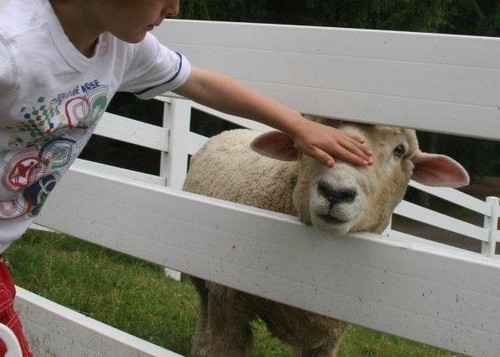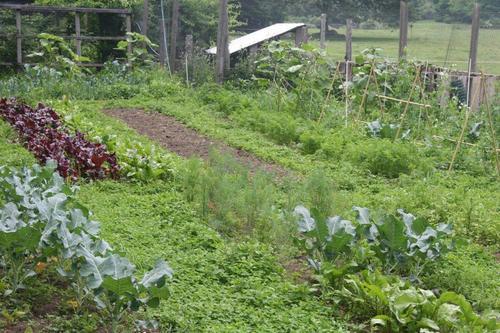“What is a CSA?” some might ask, others might already be in one. Community Supported Agriculture (fruits, vegetables and even meat, eggs and dairy) is one way to reinforce your children’s healthy food habits, help our local economy and the environment. By buying local you help reduce the impact of transporting the produce to your supermarket; decrease the harmful chemicals used and ingested; and can teach children where food comes from! We belong to one at a local farm and our first “shared harvest” is ready this week. I’m so excited! The amazing flavors of freshly picked produce will convert anyone. For instance a strawberry from the supermarket tastes bland and like cardboard compared to a freshly picked organic one from our CSA- it’s juicy and bursting with rich, strawberry flavor.
At most CSA’s you pay a portion before you receive anything— you are actually paying for the seeds, etc. and then pay the remaining cost half-way through. You share in the bounty from May/June until October/November depending upon the weather, blight, pests, etc. Last year the wet weather wreaked havoc upon the crops, so we’re hoping for a better year. It’s the chance you take when going “all natural” and not relying upon hot houses or pesticides to control the outcome. But what you receive is so much better in nutrition and in taste.
Each Wednesday we go to the farm, collect our bin full of fruit and vegetables and create our next week’s meals around them. The kids love to see the cows, sheep and chickens.  They see the gardens with the plants growing and this year will help weed and maybe even harvest. On an episode of Jamie Oliver’s Food Revolution a classroom of children didn’t recognize any vegetables (potatoes, tomatoes, etc) but how many children have seen broccoli before it’s harvested? It’s really a wonderful experience all-round.
They see the gardens with the plants growing and this year will help weed and maybe even harvest. On an episode of Jamie Oliver’s Food Revolution a classroom of children didn’t recognize any vegetables (potatoes, tomatoes, etc) but how many children have seen broccoli before it’s harvested? It’s really a wonderful experience all-round. 
Even though I’d grown up with a garden and my mother cooked great foods, I had never cooked Swiss chard, kale, beet greens and some squashes until they came in our bins a few years ago. So my children had never eaten them before either. Now they are a regular part of our diet, even when we’re not receiving our bins. I believe it’s helped them want to eat the food when they’ve seen it grow or discovered a new one in our bin. We also plant a few herbs and vegetables in our garden (tomatoes, chives, mint, basil, potatoes, peppers). This year I’ve cleared away more of our ever intruding weeds to make room for some beans and salad greens. I’m not the best gardener, so I hope we get lucky! At least the kids have fun!
Rainbow chard is an excellent vegetable to introduce. The colors and textures are great for kids. The stems, unlike kale, can be chopped and served with the leaves. I wash and chop the leaves and stems into one inch strips, steam for a few minutes, remove from heat and when we’re just about to serve, reheat in a pat of butter, couple of pinches of sea salt and twists of fresh ground pepper. My boys love the earthy flavor and the rich colors.
From my reading about foods over the years, I’d learned that certain nutrients from vegetables cross over to your blood better if they’re served with a little bit of fat. So fat-free salad dressing is not the best way to go. A tiny bit of butter, a little olive oil, or even some cheese… actually a better way to eat those veggies. I stick with butter most times because the vegetables flavors aren’t masked. And kids will eat it!
http://www.newpondfarm.org/shared_harvest
©2010 MyKidsReallyEatThis.com





